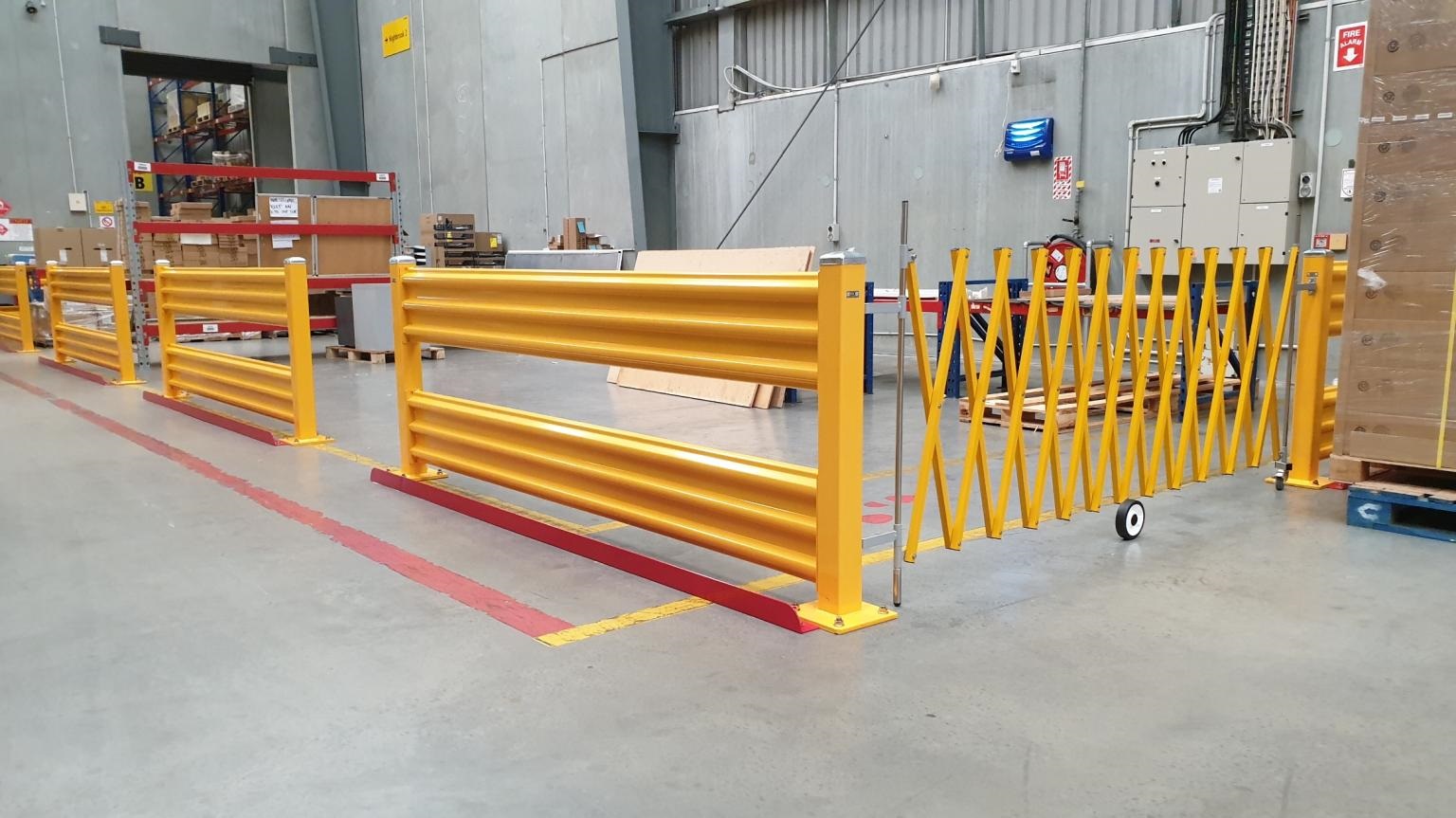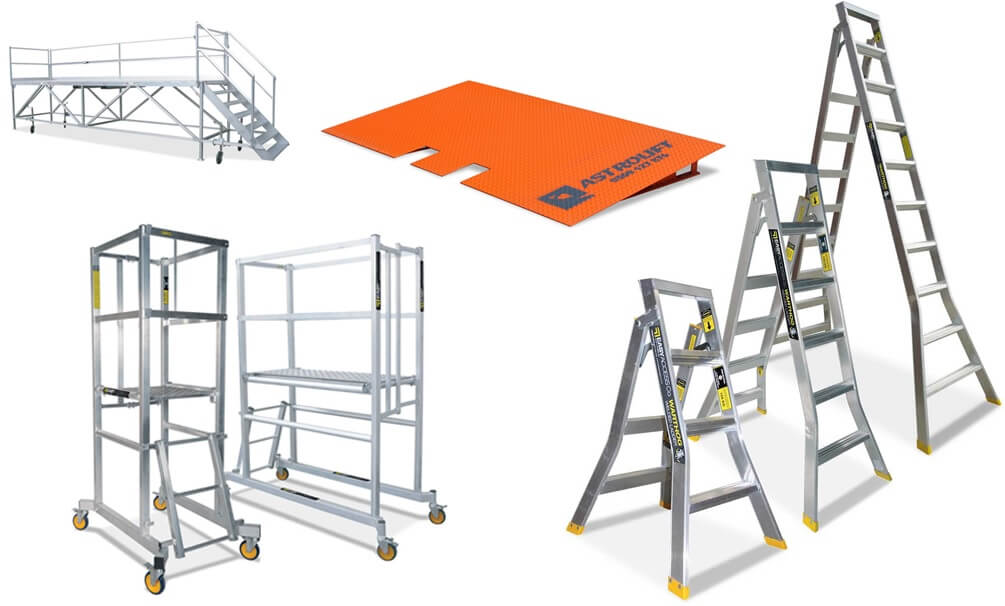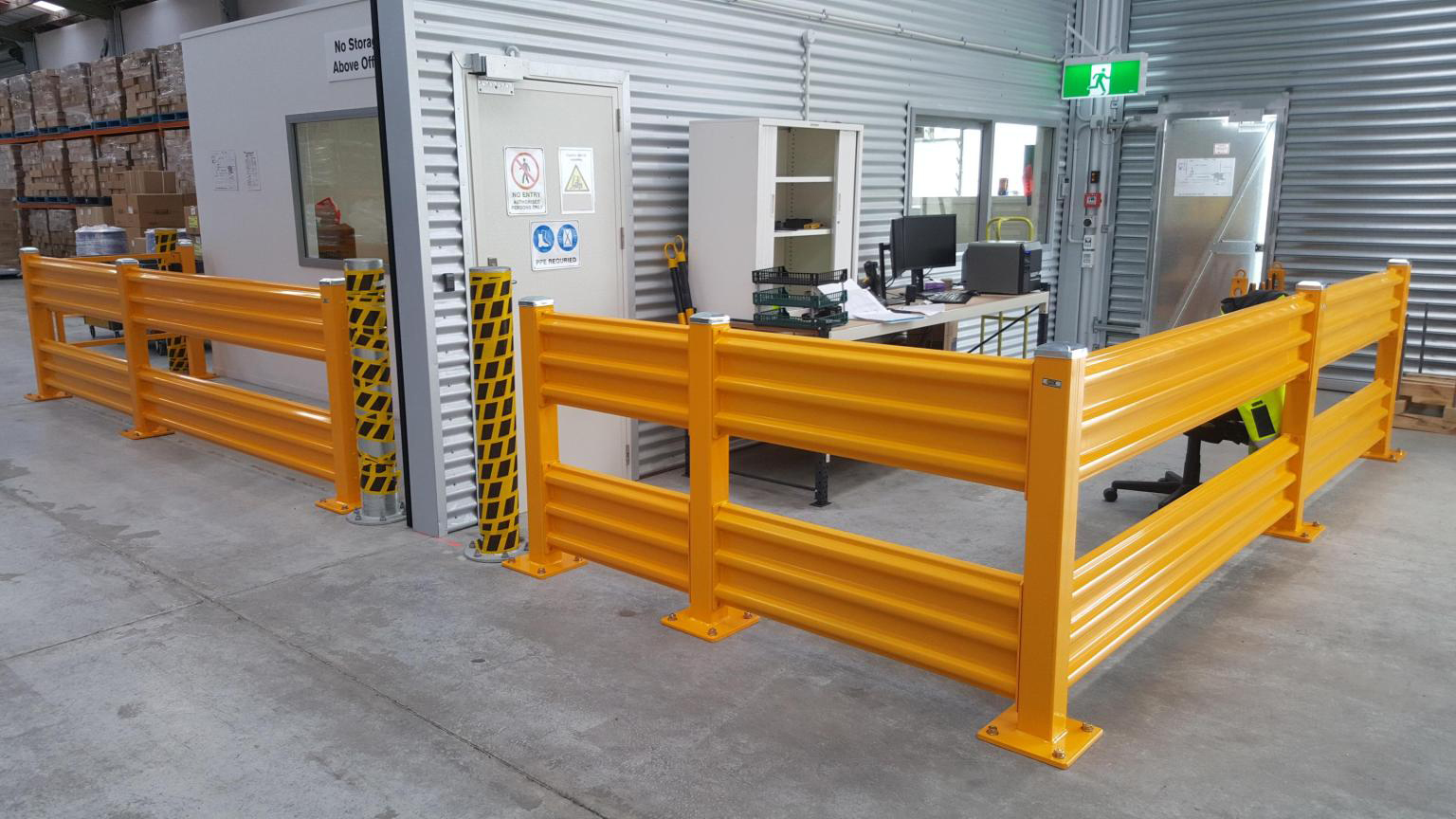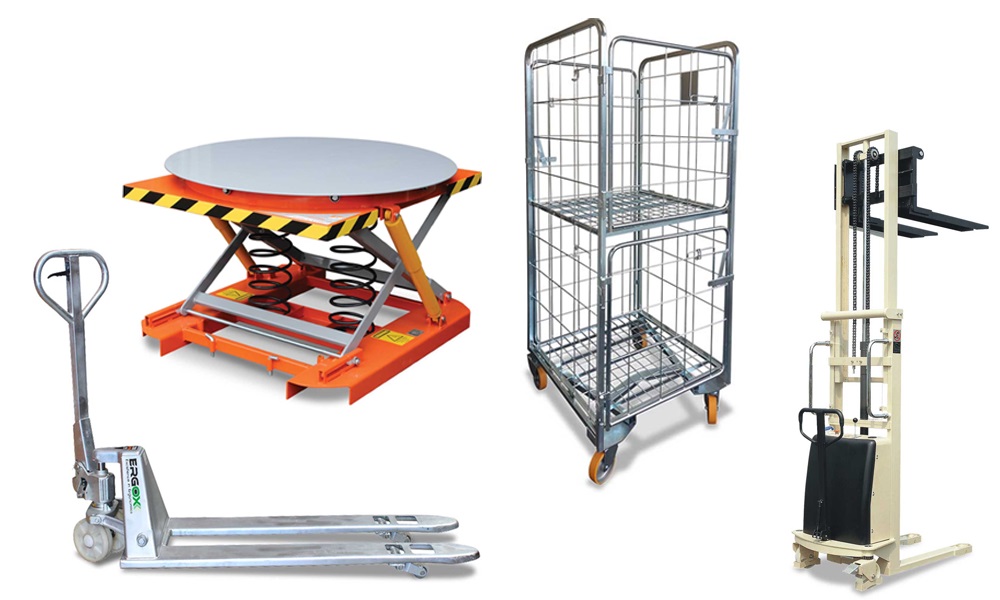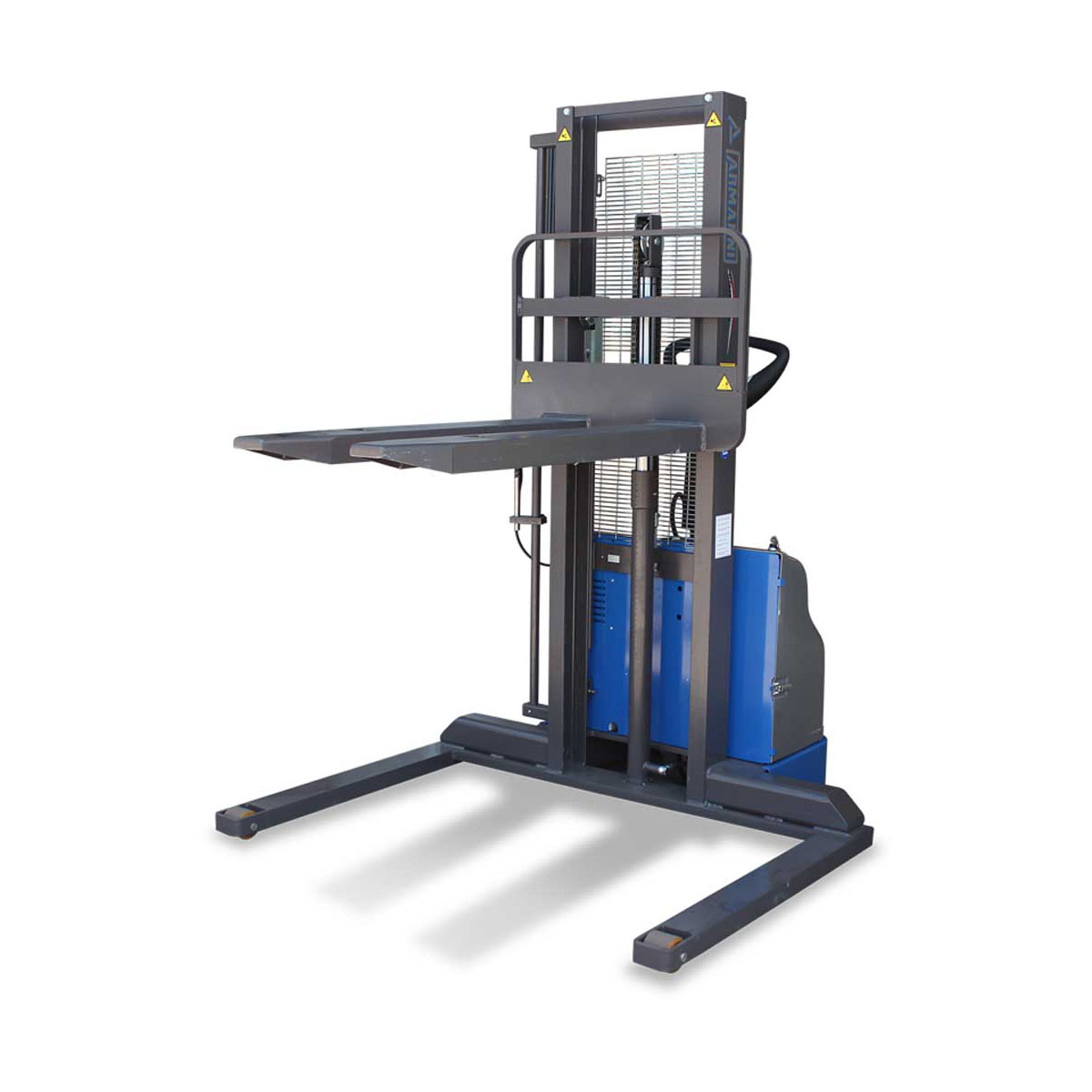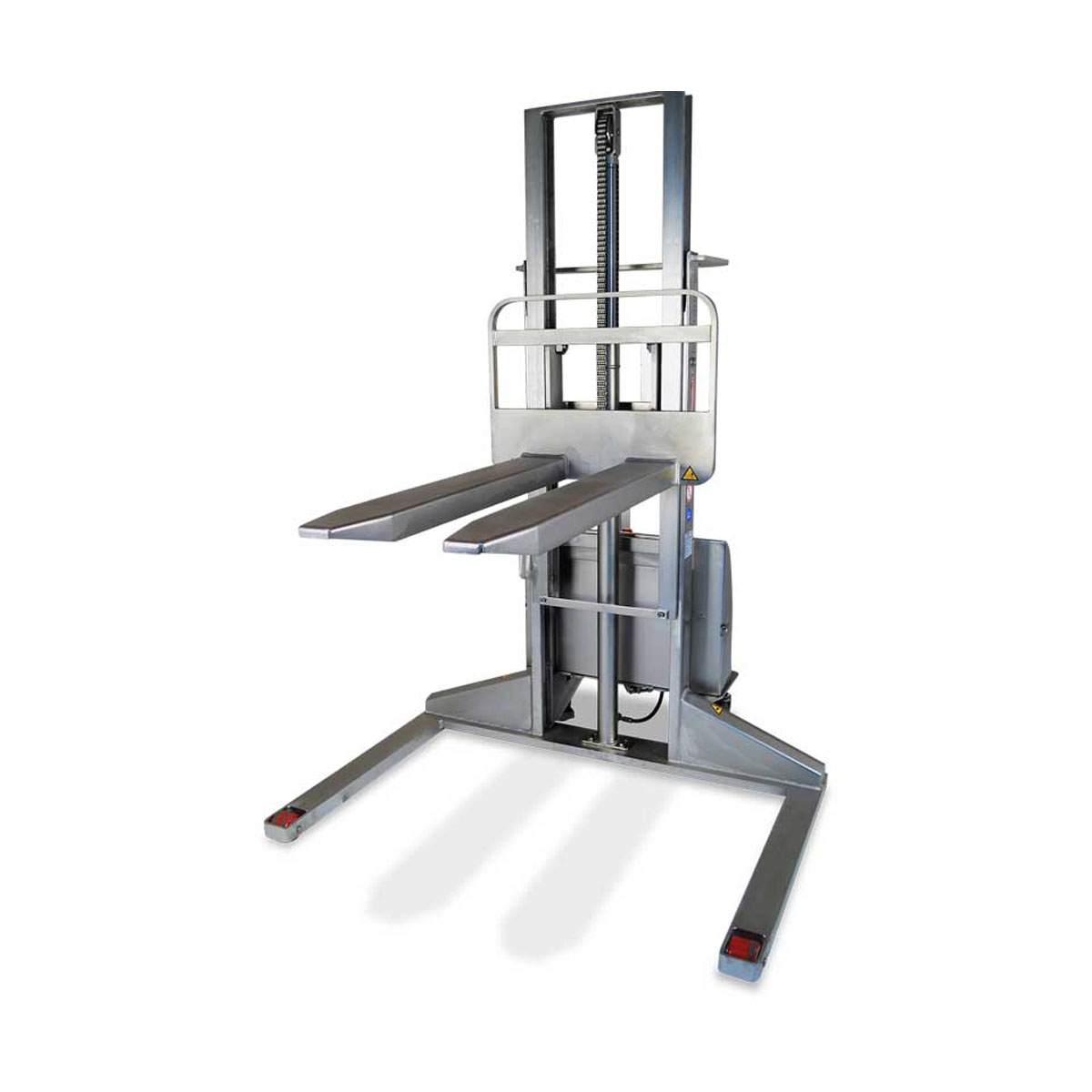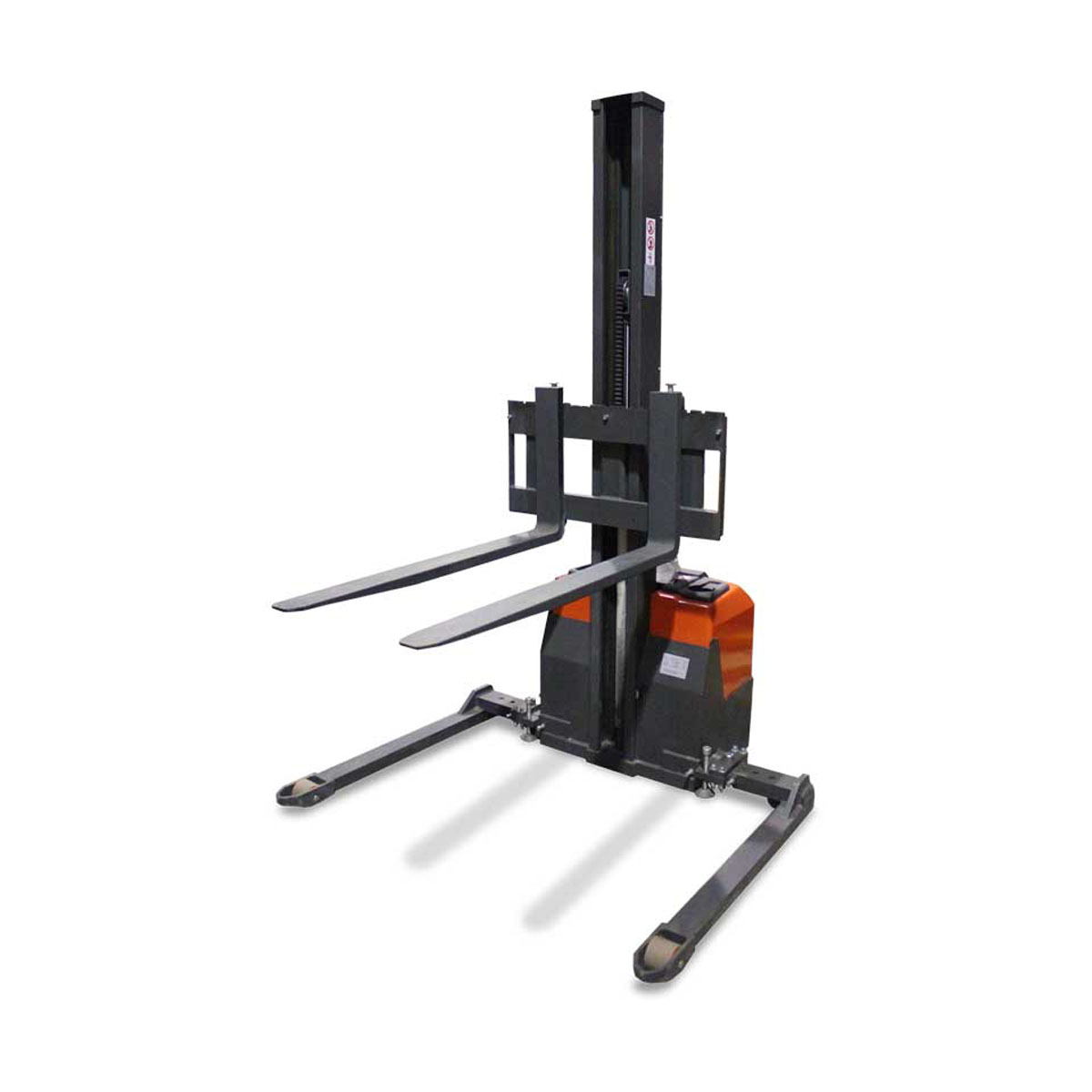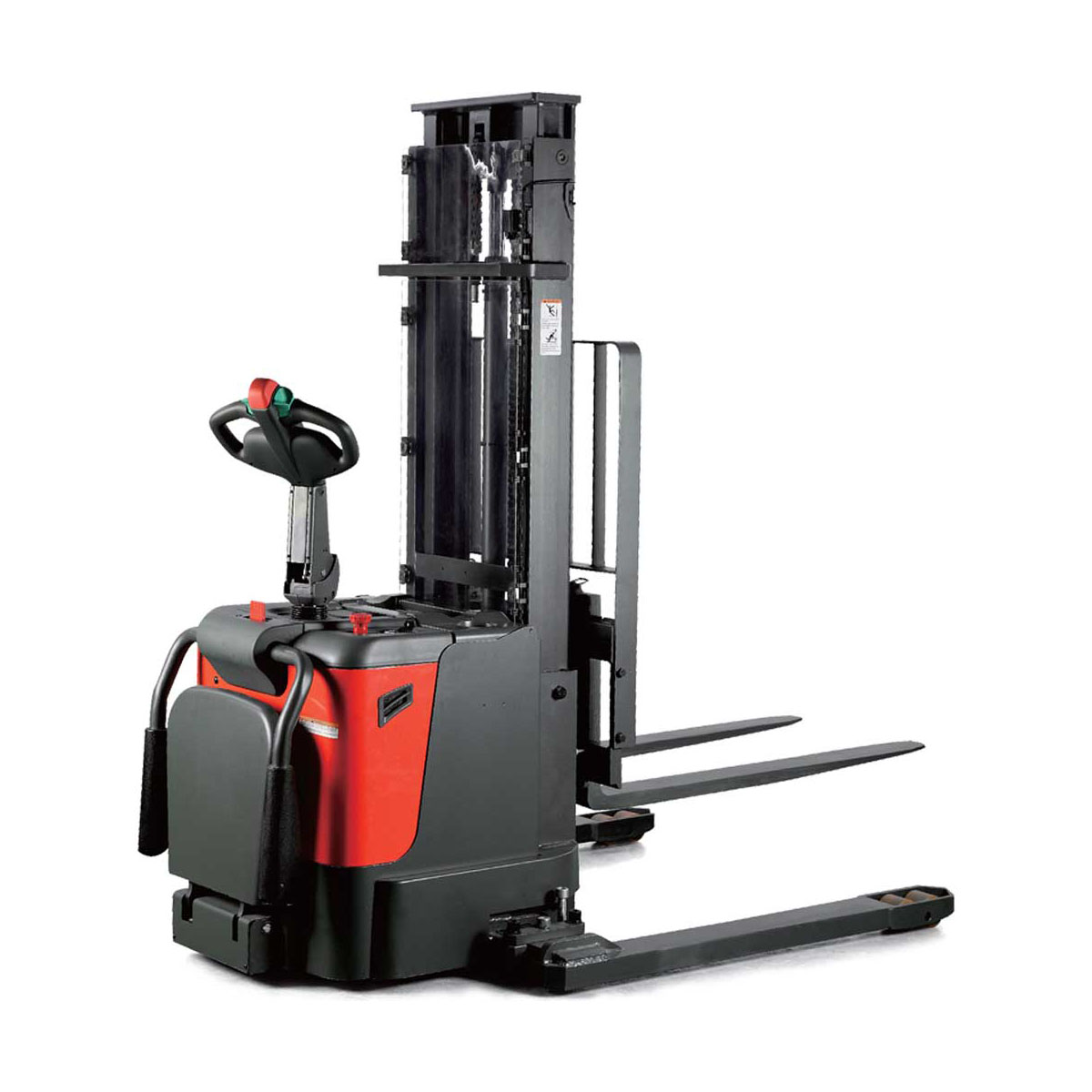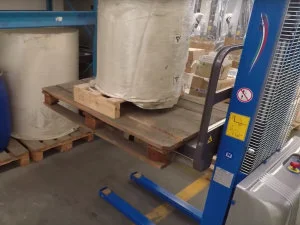Pallets come in all shapes and sizes - different widths, different lengths, different heights, different construction, different materials. It would be a fair assumption that a pallet stacker should be able to lift all pallets, that’s what it was built to do, but this isn’t always the case. Many pallet stackers have their legs situated under the forks which make them incapable of lifting many pallet types - for these situations you need a straddle pallet stacker.
Primary Pallet Types
Pallets typically are a variation of one of two styles: Block Pallets or Stringer Pallets.
Block Pallets
Block pallets provide four-way access to a pallet, and are designed with four to twelve column supports to hold the load off of the ground. They can be supplied with no bottom boards, bottom boards across two sides or bottom boards across all four sides. |
Stringer Pallets
Stringer Pallets are in either two-way access without bottom boards, or four-way access with bottom boards. The blue NZ CHEP pallets are a very commonly-used stringer pallet with bottom boards. |
Does your pallet have bottom boards?
To be capable of picking up the pallet from the sides that have bottom boards, you need a straddle leg pallet stacker. The legs of the stacker fit around the outside of the pallet, “straddling” it, while the forks can freely move between the gaps over the bottom boards for lifting.

Bonus feature: Adjustable Forks
Another feature to take into consideration with your pallets is whether you need forks that have adjustable positions. Some pallets are narrower than most standard pallet stackers have their forks, so models with adjustable fork positions provide an easy way to ensure you can pick these up as well.
These are available in both straddle and straight-leg configurations depending on your pallet type.
